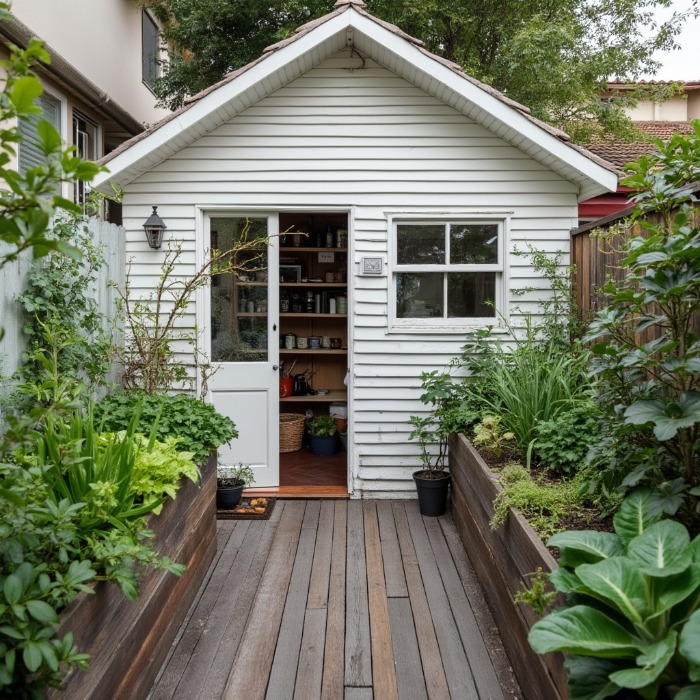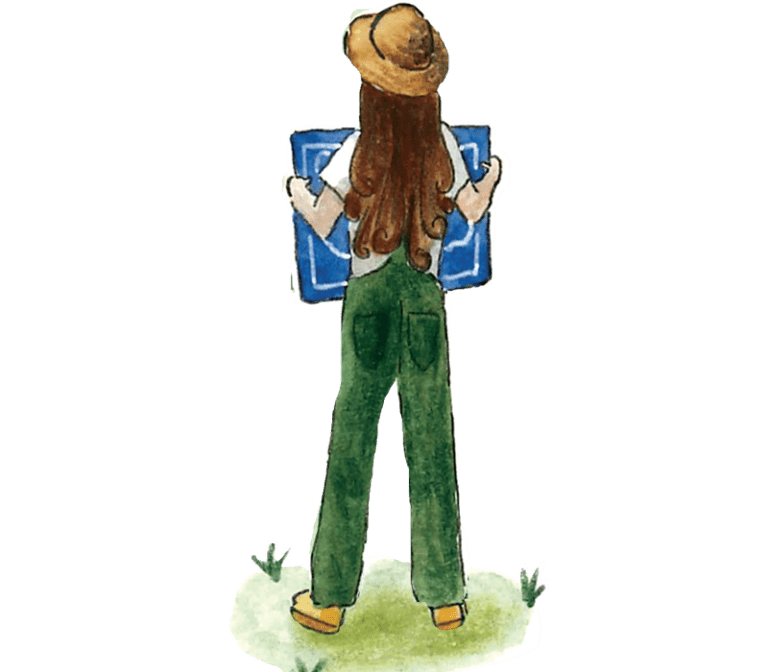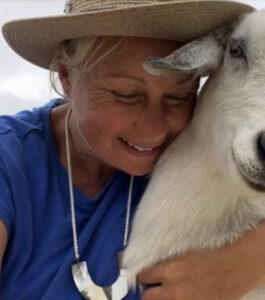Think growing food is only for people with acreage or perfect gardens? Not even close.
Your balcony, porch, or windowsill is more than enough to start something fresh, edible, and quietly empowering. And the best part? It fits into your busy life — not the other way around.
In this Urban Reset, we walk you through how to turn even the tiniest outdoor space into a thriving edible garden. From your morning mint tea to cherry tomatoes at lunch, the joy of picking food you’ve grown — even just a handful — is addictive in the best way.
We’ll guide you through:
- The five best beginner plants for pots
- How to set up a productive space with limited sun
- Easy potting mixes and watering rhythms that won’t overwhelm you
No intense commitments. No soil science degree required. Just quiet steps, containers you probably already have, and a few humble herbs that will teach you everything you need to know.
This is real food, grown by you, outside your back door — no matter how small it is.
It’s about more than harvests. It’s about a sense of calm. A spark of self-reliance. A moment each day that’s yours.
🌱 1. Choose Your First Five Edible Winners
Pick plants that are easy, compact, and forgiving:
- Mint – grows fast, loves pots, great in drinks
- Lettuce – quick results, pick as needed
- Cherry tomatoes – thrive in sunny spots
- Spring onions – regrow from supermarket cuttings
- Basil – perfect for warm weather and windowsills
🪴 2. Use Pots You Already Have
No need for fancy gear. Start with:
- Buckets, old planters, even colanders (with drainage holes)
- A base layer of gravel, then quality potting mix
- Keep it light and movable if you’re renting
🌞 3. Find the Right Light
- Most edibles need 4–6 hours of sun
- No direct sun? Choose leafy greens and herbs over fruiting veg
- Rotate pots weekly to keep growth even
💧 4. Water Smart, Not Hard
- Mornings are best — let soil dry slightly between watering
- Add mulch (like straw or bark) to keep moisture in
- Stick your finger in the soil — if it’s dry to the first knuckle, water
You don’t need a farm. You just need a corner.
Start where you are — and grow something good…




